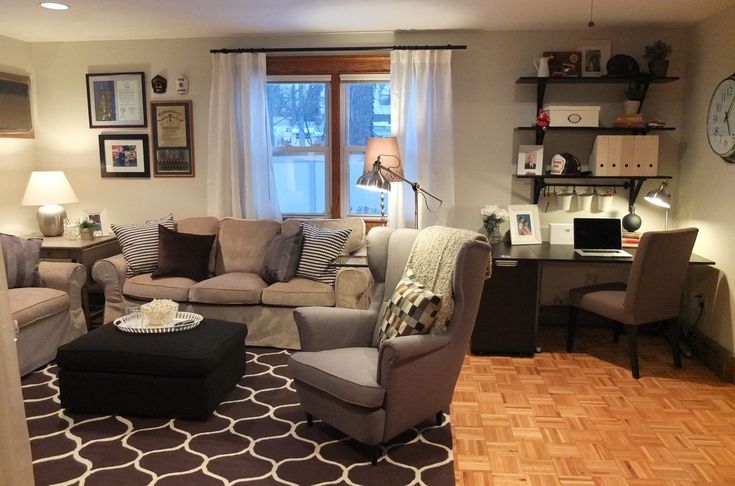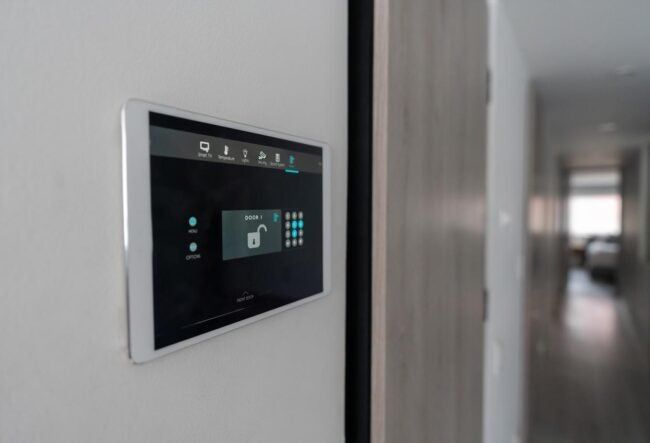Top 10 Tips for Choosing the Right Home Insurance Provider
Top 10 Tips for Choosing the Right Home Insurance Provider – Choosing the right home insurance provider is a crucial decision for every homeowner. Home insurance protects your most valuable asset against unexpected events such as natural disasters, theft, or accidents. However, with so many options available, selecting the best home insurance provider can feel overwhelming. From the level of coverage to the cost of premiums, several factors need to be considered before making a choice. In this guide, we’ll share the top 10 tips for choosing the right home insurance provider to help you make an informed decision.
Tip 1: Assess the Coverage Options
One of the first things to consider when choosing a home insurance provider is the type of coverage they offer. While most providers offer a standard policy that covers damage to the structure, personal belongings, and liability protection, it’s essential to determine whether they offer additional coverage for things like floods, earthquakes, or high-value items. Choosing a provider that offers comprehensive coverage tailored to your specific needs can provide peace of mind in the event of an unexpected disaster.
Additionally, be sure to review the limits on coverage. For example, some policies may have low caps on how much they’ll pay for specific types of damage. It’s crucial to choose a provider with coverage that reflects the value of your home and possessions.
Tip 2: Evaluate the Provider’s Financial Stability
When it comes to home insurance, you want a provider that has the financial stability to pay out claims when you need them the most. A provider’s financial health ensures they will be able to meet their obligations during times of widespread claims, such as after a natural disaster.
You can check the financial stability of an insurer through independent rating agencies like A.M. Best, Moody’s, or Standard & Poor’s. A company with high ratings from these agencies is generally considered financially sound, giving you confidence that they can cover your claims.
Tip 3: Look for Discounts and Savings Opportunities
Home insurance premiums can be costly, but many providers offer discounts that can significantly reduce your costs. For example, many insurance companies offer discounts if you bundle your home insurance with auto or life insurance. Others may provide savings for homes with security systems, smoke detectors, or fire-resistant materials.
When shopping for a provider, ask about available discounts and how they might apply to your policy. Over time, these savings can add up, reducing your overall premium.
Tip 4: Consider Customer Service Quality
When disaster strikes, the last thing you want is to be stuck on hold or waiting for days to hear back from your insurance provider. Excellent customer service is a must when selecting an insurer. Whether you’re filing a claim or just asking a question, you need a provider that’s responsive and easy to communicate with.
Look for reviews on customer service, focusing on the ease of reaching representatives, the helpfulness of support teams, and the overall claims process. Sites like the Better Business Bureau or Trustpilot are good resources for finding real customer feedback.
Tip 5: Compare Premium Costs
It’s no secret that cost is one of the most critical factors when choosing a home insurance provider. However, it’s essential to understand that the cheapest policy isn’t always the best one. Premiums are influenced by factors like the age of your home, its location, your credit score, and the amount of coverage you select.
To ensure you’re getting a fair deal, obtain quotes from multiple providers. Be sure to compare the level of coverage, deductibles, and any additional fees. This way, you’ll have a clearer picture of the value you’re receiving from each provider.
Tip 6: Read the Fine Print and Policy Details
When comparing home insurance policies, don’t just skim through the big-ticket items like coverage limits or premiums. Be sure to read the fine print. Policies often include exclusions or limitations on certain types of coverage, which can leave you vulnerable in certain situations.
For example, some policies may exclude coverage for damage caused by specific types of natural disasters like earthquakes or floods. Others might impose higher deductibles for certain claims. Understanding these details before you commit can prevent unpleasant surprises down the road.
Tip 7: Check Claim Filing Process and Claim Settlement Ratio
Another critical factor to consider is how easy it is to file a claim with the provider. A smooth, fast claims process is vital when you’re dealing with damage or loss to your home. Look for an insurance provider that offers multiple options for filing claims, including online, over the phone, or via mobile apps.
Also, take note of the claim settlement ratio, which indicates the percentage of claims the provider pays out compared to the total claims they receive. A higher settlement ratio generally indicates a reliable provider that honors its obligations.
Tip 8: Analyze Customer Reviews and Reputation
A provider’s reputation is a good indicator of the quality of service they provide. By reading reviews from current or former customers, you can get a sense of what it’s like to work with the company. Pay attention to feedback on how they handle claims, customer service, and overall satisfaction.
It’s also helpful to ask friends or family members about their experiences with their insurance providers. Personal recommendations can provide valuable insights that go beyond what’s found in online reviews.
Tip 9: Consider Local vs. National Providers
When choosing an insurance provider, it’s important to weigh the benefits of local versus national companies. Local providers may have a better understanding of the unique risks in your area, like regional weather patterns or local building regulations. National providers, on the other hand, tend to offer more resources and customer service options.
Evaluate what’s most important to you, whether it’s personalized local service or the broader coverage and financial stability of a national company.
Tip 10: Look for Personalized Coverage Options
Finally, the best home insurance provider should offer coverage that fits your individual needs. Whether you own a historic home or have special items that need extra protection, look for providers that allow you to customize your policy.
Some companies offer more flexibility than others, enabling you to add riders or adjust coverage amounts based on your unique circumstances. Personalized coverage ensures that your home is adequately protected without overpaying for unnecessary add-ons.
Conclusion
Choosing the best home insurance provider requires careful consideration of several factors, including coverage options, financial stability, customer service, and cost. By following these top 10 tips, you can narrow down your options and select a provider that offers the best value for your needs. Remember, the right provider not only protects your home but also gives you peace of mind knowing that you’re covered when disaster strikes.






